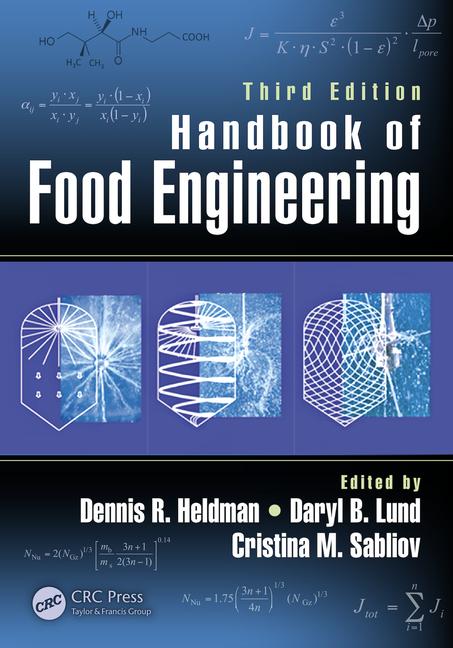Engineering R&D:
Hot on the trail of pathogen reduction
Steam and hot-water pasteurization systems installed in slaughtering plants over the past few years are very effective in reducing pathogens on beef and hog carcasses.
But meat can become recontaminated when the carcass is broken-down into primal cuts and trimmings for ground meats. "Unfortunately, the industry and the regulatory authorities have their attention firmly focused on the carcass, ignoring the contamination that occurs afterwards," says Dr. Colin O. Gill, research scientist at the Agriculture & Agrifood Canada Research Centre in Lacombe, Alberta.
According to Gill's research, pasteurization of beef carcass sides with hot water at 85 degrees C for 10 seconds will reduce the numbers of E. coli on carcasses by two orders of magnitude. Combined with a controlled dressing process, such a treatment can reduce mean numbers of E. coli on the carcass to less than 1 cfu/1000 cm(2).
But beef is frequently recontaminated during the breaking process by contact with downstream conveyors, tools and other inadequately-cleaned equipment. "Consequently, beef primal cuts may carry E. coli at mean numbers up to 100 cfu/cm2," Gill points out. "With contamination at that level, it is unsurprising that comminuted manufacturing beef (ground beef) usually carries E. coli at mean numbers about 10 cfu/g." Because plant temperatures are usually maintained low enough to prevent the growth of E. coli, this can only be explained if the product is heavily contaminated with E. coli during the breaking process. Where generic E.coli can grow, so can related pathogens such as E. coli 0157:H7 and Salmonella.
To minimize this recontamination, Gill has developed a system to pasteurize trimmings before they are processed into ground beef. Ag Canada has patented the process.
Gill's design passes conveyorized beef trimmings simultaneously through a hot-water tank to treat the bottom centimeter of each piece and falling sheets of hot water to treat the top and sides of each piece, assuring complete surface coverage on each piece of meat. Belt speed can be adjusted to vary the duration of treatment.
Tests conducted to date on pilot equipment demonstrate that treatment of manufacturing meat at 85 degrees C for 45 or 60 seconds eliminates detectable E. coli and largely eliminates detectable coliforms, with numbers of both apparently reduced by two logs. "We've calculated all the performance parameters," says Gill. "Now we need a commercial test site, a plant willing to test it for scale-up."
The 30-ft. stainless-steel pilot-scale prototype was fabricated by Stanfos, Inc. (Edmonton) and incorporates a stainless steel-mesh conveyor belt plus USDA and FDA-accepted pump, valves and fittings. According to Stanfos President Lang Jameson, trimmings exiting the pasteurizer at 85 degrees C are quickly cooled to 0 degrees C in a prototype Praxair CO2 tunnel before grinding. From data gathered thus far, utility costs for both pasteurizing and cooling total about one cent per pound of trimmings, he added.
Gill and Stanfos had collaborated earlier in developing a continuous hot-water carcass-pasteurization system, for which they were both awarded the Canadian Institute of Food Science & Technology's Gordon George Maybee Award.
Looking for a reprint of this article?
From high-res PDFs to custom plaques, order your copy today!





